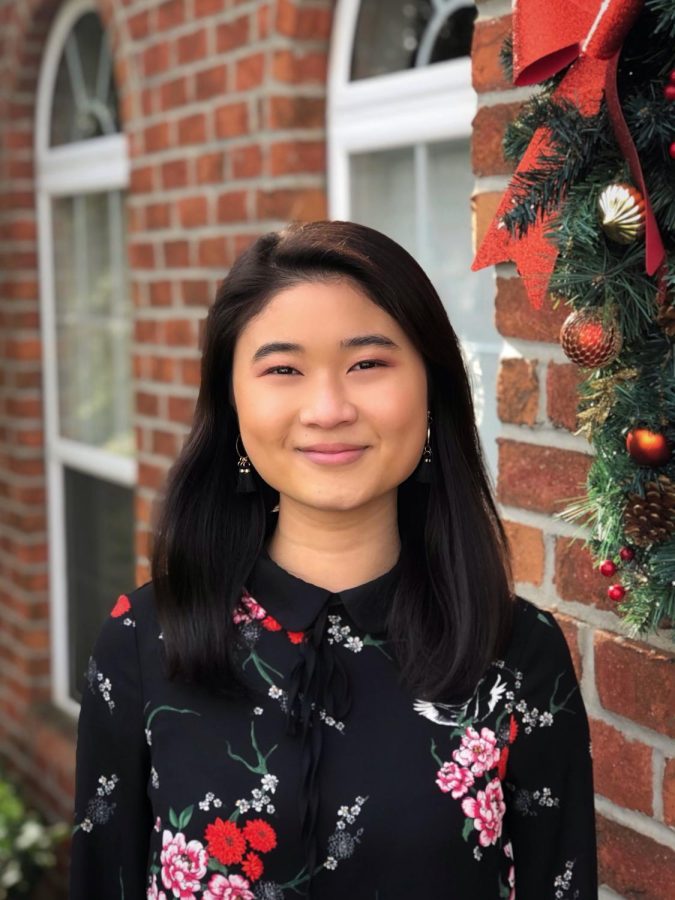Using fashion as a tool for self-expression in LGBTQ+ community
December 11, 2020
Waking up and choosing the perfect outfit for the day is a morning routine shared by many individuals. But for some, this part of the day is more than just another outfit — it is a visual representation of themselves, especially within the LGBTQ+ community, where fashion can be used as a tool for expression and encompassing one’s identity.
“I usually have some sort of dangly earring on, and that’s my way of expressing myself. I love wearing that kind of accessory. It makes me feel more confident and more like myself,” Eunice Reyes, graduate assistant at the LGBTQ+ Center on Kent’s campus, said. “I like fashion. I like looking put together. It’s just a way for me to feel more confident and like I am able to conquer the world.”
The process of LGBTQ+ individuals beginning to discover themselves, their identity and how they want the world to view them is not a simple process and can take time for them to adjust and discover what means of expression suit them the best.
“My fashion when I was young and at home was way different than my fashion at college, which is different than what it is now,” Katie Mattise, the director of the Division of Diversity, Equity and Inclusion at Kent State, said. “My fashion has been evolving to reflect a more accurate ‘me’ as I find out who I am. I find fashion and clothing can evolve the more and more people find out who they are.”
Self-expression among the LGBTQ+ community is not always easily achievable. Many members of the community suppress their expression as a means of survival.
One in four LGBTQ+ people were reported to have experienced discrimination in the workplace in 2016, according to the Center for American Progress, with 25.5% of LGBTQ+ respondents experiencing discrimination due to their sexual orientation or gender identity.
“[Suppressing self-expression] really impacts your mental and emotional well-being because you cannot fully be yourself,” Reyes said. “For folks who are non-binary or in the trans community, when they feel like they have to ‘fit’ into a body or expression that they do not actually feel, completely hiding a massive part of who they are.”
Kent State offers resources such as the LGBTQ+ Center and the Division of Diversity, Equity and Inclusion to support students and can be a resource for those who are unable to fully express themselves.
“When you have to suppress part of yourself, that never feels good,” Mattise said. “There will be a relief when people can be OK with themselves, and it is a hard process to get there. Bodies are weird and society tells us how weird they are, so it takes quite a bit of work to get there.”
Finding a group of close friends that you can freely express yourself to or even just expressing yourself privately in your own space can be a great help, Reyes said. Having any outlet of expression can help individuals grow within themselves.
“There is no one way to be queer or LGBTQ+,” Reyes said.
Zach Zdanowicz is a reporter. Contact him at [email protected].
SUPPORT STUDENT MEDIA
Hi, I’m Lauren Sasala, a senior journalism student from Toledo. I’m also the editor in chief of The Kent Stater and KentWired this semester. My staff and I are committed to bringing you the most important news about Kent State and the Kent community. We are full-time students and hard-working journalists. While we get support from the student media fee and earned revenue such as advertising, both of those continue to decline. Your generous gift of any amount will help enhance our student experience as we grow into working professionals. Please go here to donate.

























